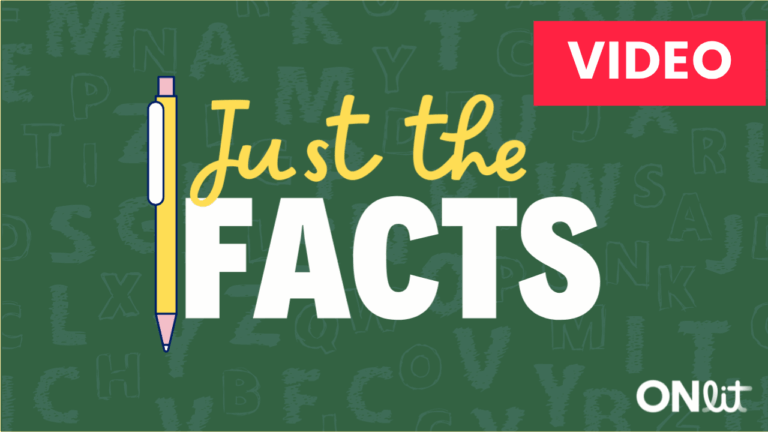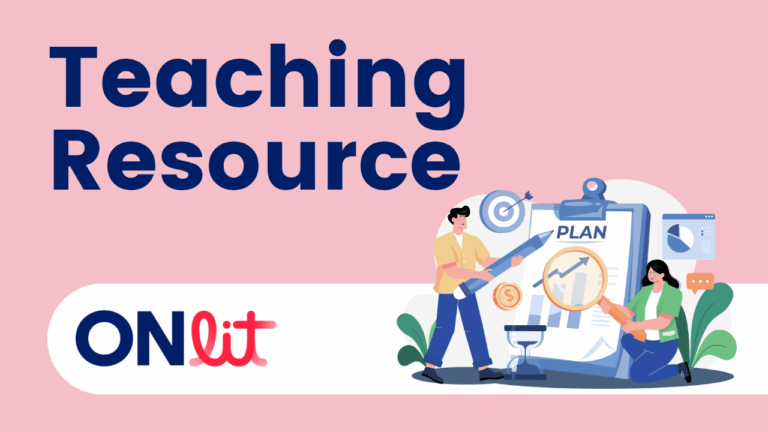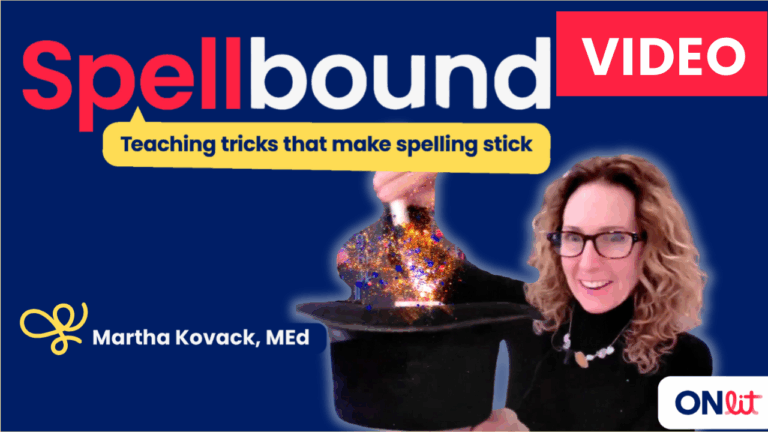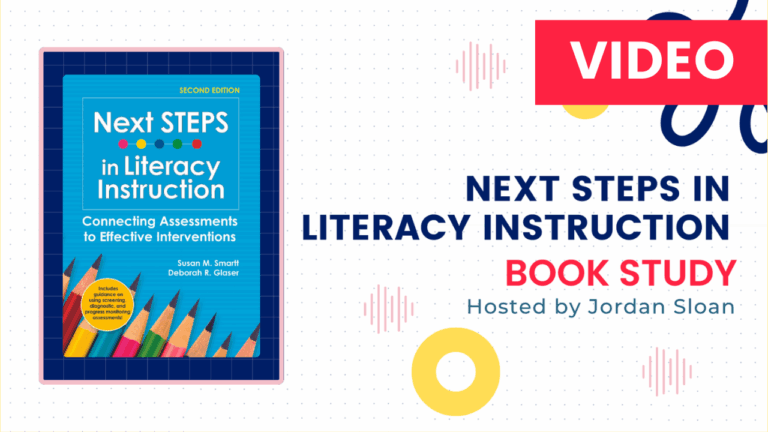Just the Facts
These brief videos are short and sweet – giving you “just the facts” on a variety of topics. From decodable text to the instructional hierarchy, these videos dig into what you “literacy” need to know to get started on your learning!

These brief videos are short and sweet – giving you “just the facts” on a variety of topics. From decodable text to the instructional hierarchy, these videos dig into what you “literacy” need to know to get started on your learning!

This series of videos was developed by Dr. Robert Savage from York University. The video series unpacks elements of Strand B of the revised Language Curriculum, building educator knowledge. Stay tuned for more videos to come!

These morpheme cards can be used with the Multisyllable Word Reading posters to highlight prefixes and suffixes when breaking down longer words. With both black and white and coloured options, these cards can be printed 4 to a page for easy assembly.

English has a reputation of being overly complicated. It is complex – but there is a predictable structure! This reference sheet gives an overview of some of the “tendencies” in English that explain why words are spelled the way they are. Note that this chart is not designed to be used directly with students –…

In this video series, Martha Kovack highlights tips and tricks for teaching spelling, including orthographic conventions like -ck, -tch, and -dge.

This is an engaging, fun storybook including five decodable stories which teach the five vowels, consonants, two digraphs and a few non-phonetic words. It is based on a structured literacy approach, and a note to caregivers at the front of the text explains how they can create flashcards to help new readers learn the vowels…

This printable template, with boxes for each syllable, can be used to support students in spelling multisyllabic words.

Keen to learn more about using assessment to drive structured literacy in your classroom? Catch up with our Next STEPS Summer Book Study. Resources related to this ONlit event series, hosted by Jordan Sloan, can be found here. Each session in the series tackles a foundational reading skill, unpacking what it is, why it’s necessary for…

This resource is for all educators who work with students with autism. While many books on this topic focus on social and behavioural needs, this book offers a comprehensive focus on curriculum and instruction for this population of students. Early chapters on characteristics of autism and how core deficits affect language and learning are valuable…

English orthography often has a reputation of being overly complicated and too difficult for students to navigate. While the English writing system certainly is complex, there is a predictable and consistent structure that supports strong reading and writing. This structure must be taught explicitly and systematically! Overlap is part of the nature of our code….

This template can be used for daily review. Created by Laura Bross and inspired by the OG Classroom Educator Course, it can be used as a quick review tool for older students who still require daily review on phonics skills. Recommendations include: Use pens for this task. When students make an error, encourage them to…

Curious about the best way to teach students to read multisyllabic words? Check out this explainer from two researchers who study multisyllabic word reading.